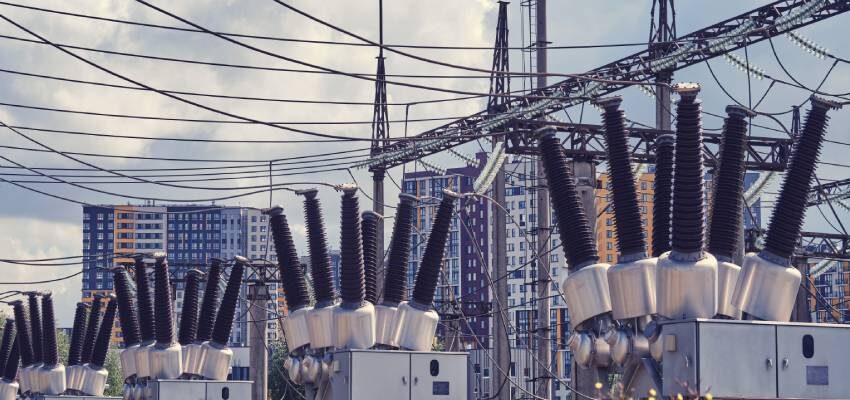
Are through-faults and slow breakers damaging your transformer?
When underground faults occur, they are persistent, causing a lockout of the protection system, and require a closer investigation before power can be restored.
byBrian SPARLING

- Harmonics
The increasing implementation of renewable energy resources connected (most of the time) into an existing distribution or sub-transmission network that was never designed to handle a two-way power flow presents an opportunity for accelerated aging of the paper insulation surrounding the conductors of the windings. These generation sources (which are often inverter-fed) together with geomagnetically induced currents (GIC), are two of the factors known to introduce undesirable harmonic frequencies into the grid and the equipment connected to it.
A recent article from Transformers Magazine, Volume 7, Issue 2, April 2020, Managing Existing Transformers in the
Grid Transition [1], goes into deeper details, with case histories presented and explained. One of the items mentioned is a suggestion that managing existing units in these applications will require an increased level of condition monitoring, from the aspect of the rate of insulation aging and accumulation of the harmonic content, which is now available with some online monitoring systems.
- Through-faults
Potential generation of through-faults can vary greatly across short spans of any electrical grid, and factors such as circuit length, type (overhead, underground), condition of protective equipment, degrading infrastructure, and terrain must be considered as factors that can affect the frequency of fault occurrences. Faults are generally the result of a low impedance path to the ground being introduced into a circuit, such as dielectric failure of protection equipment or tree limbs striking overhead lines and causing the current to exceed the transformer’s rated base.
Underground systems are designed to limit exposure to potential fault sources. However, when these underground faults do occur, they are usually persistent, causing a lockout of the protection system, which requires a closer investigation before power can be restored. These faults tend to happen more frequently in overhead systems and are often transient in nature, resulting in the fault being cleared in a few milliseconds by the power system protection.







